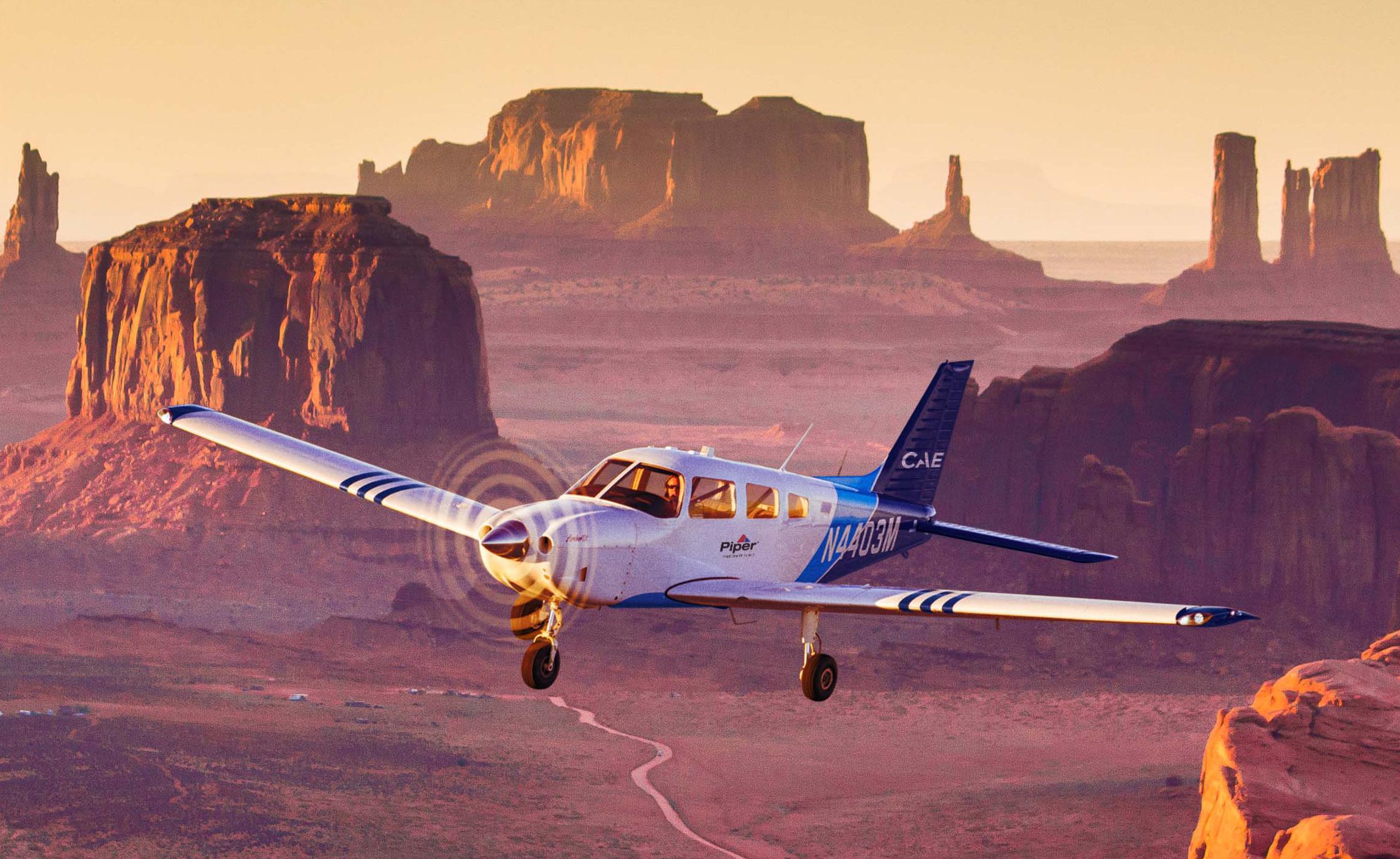CAE Switches Trainer Aircraft To Electric, Sees Huge Need For Aviation Professionals

CAE electrified Piper Archer training aircraft.
CAE has achieved a significant milestone in plans to convert its fleet of basic trainer light aircraft to electric power.
The company has completed the electric power test integration, or “power on,” after connecting a battery to a retrofitted electric motor on a Piper Archer.
CAE operates a fleet of light aircraft, mainly in Phoenix, Arizona, for trainee pilots taking their first steps toward an air transport pilot license. The company has said it is committed to converting up to 80 of the Pipers to electric power. The company may also make the electric drive system available to other operators of the Archer.
Speaking at the Paris Air Show, CAE VP technology innovation Marc St-Hilaire declined to give a timetable for the project being rolled out across the fleet. He made the point that several steps were necessary to arrange a training curriculum around electrically powered aircraft, notably “bringing electricity, to the tune of megawatts, to the apron” to recharge the aircraft between sorties.
He also noted that there was “a fine balance” between the speed of recharging an aircraft’s battery and the longevity of the power storage system. In theory it is possible to give an aircraft a full charge of electricity in 30 minutes, but this may bring with it a cost in the lifespan of the battery.
The move to electric power will also require changes to the flight training curriculum.
“On electric aircraft, you need to rearrange what you do and at what time,” St-Hilaire said. This was where CAE’s expertise as a training provider made it one of the few companies that could handle all the aspects of a switch to training on an electric aircraft, he added.
CAE says that 1.18 million new commercial aviation personnel—pilots, cabin crew and maintenance technicians—will be required over the next 10 years.
“It’s a staggering number,” VP marketing for civil aviation Simon Azar said, presenting CAE’s marketing trends and talent forecast.
CAE said it was “a call to action for the industry” to promote careers in aviation to the next generation, reach out to underrepresented communities, and develop innovative support programs to expand the pool of talent needed.





